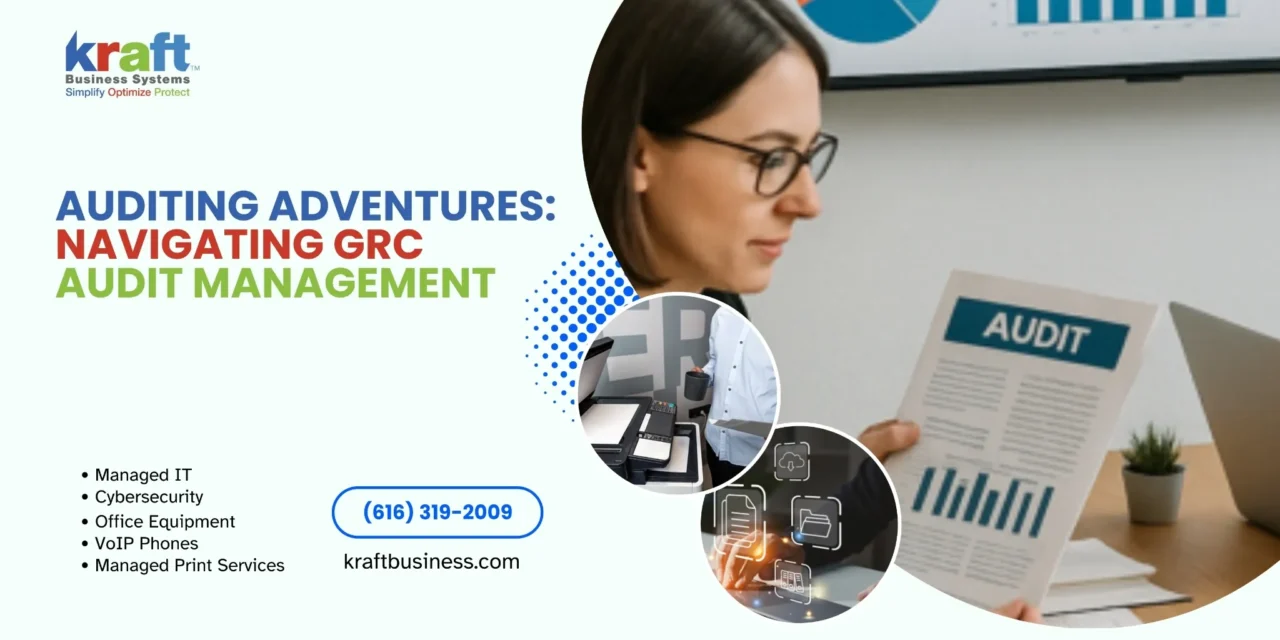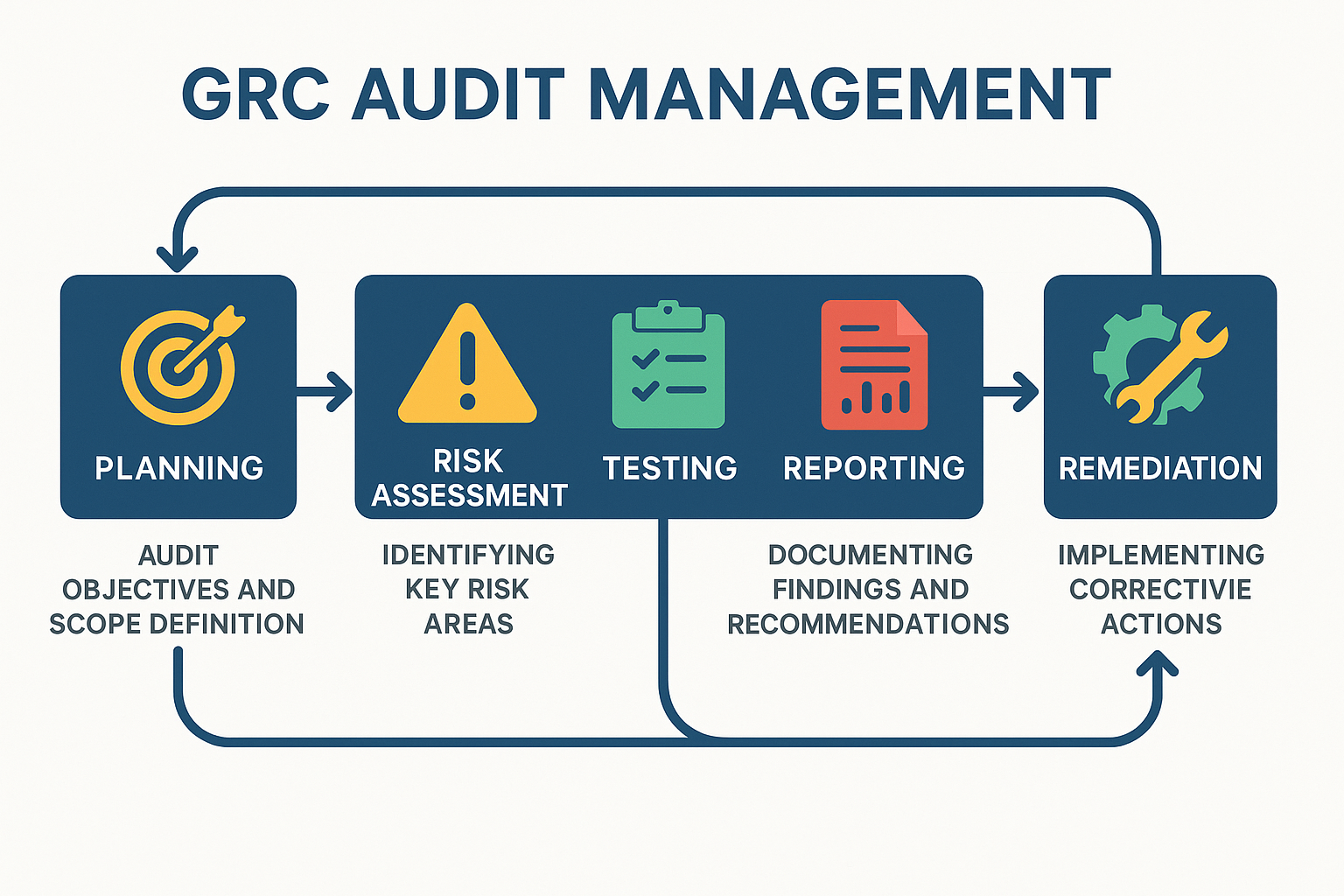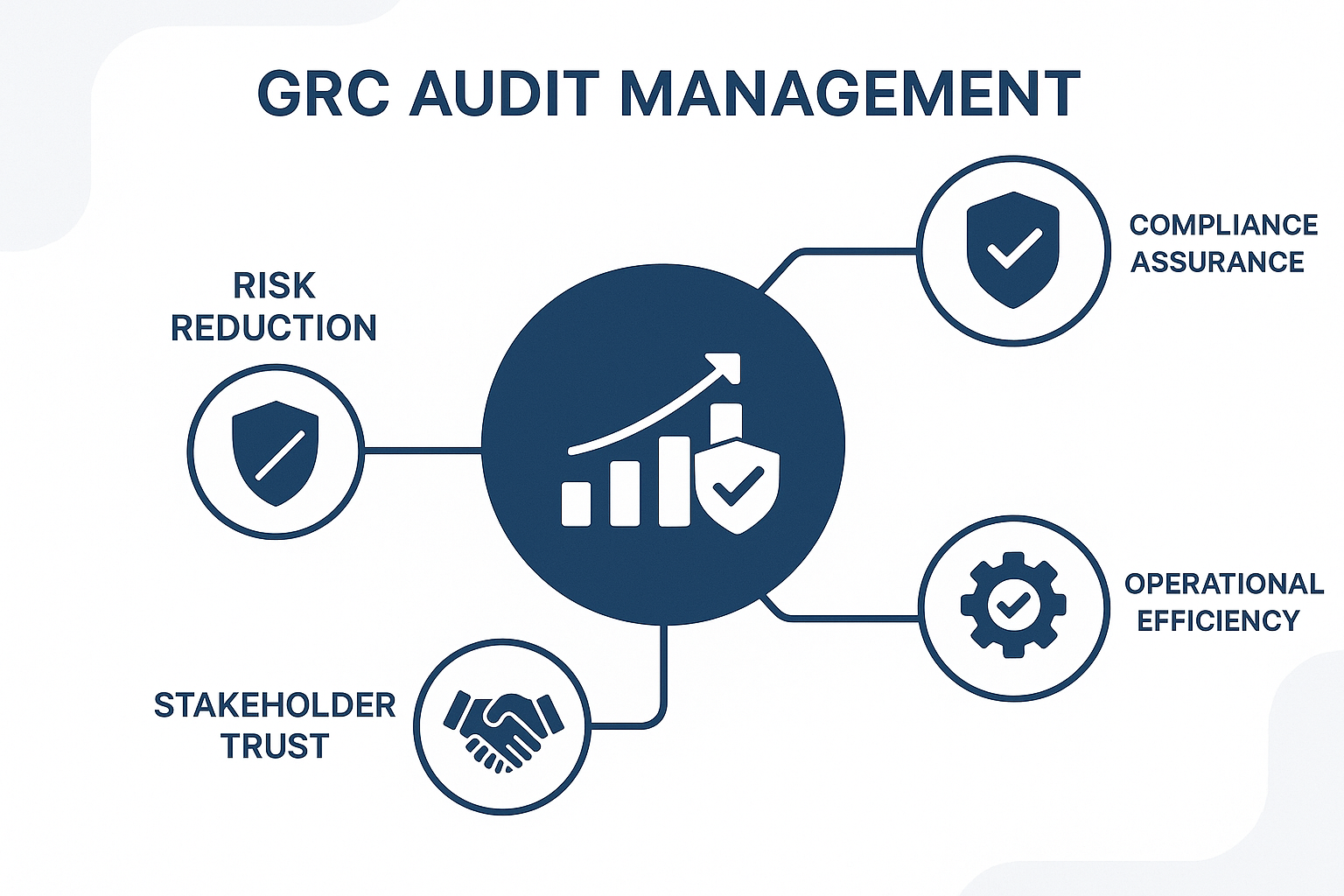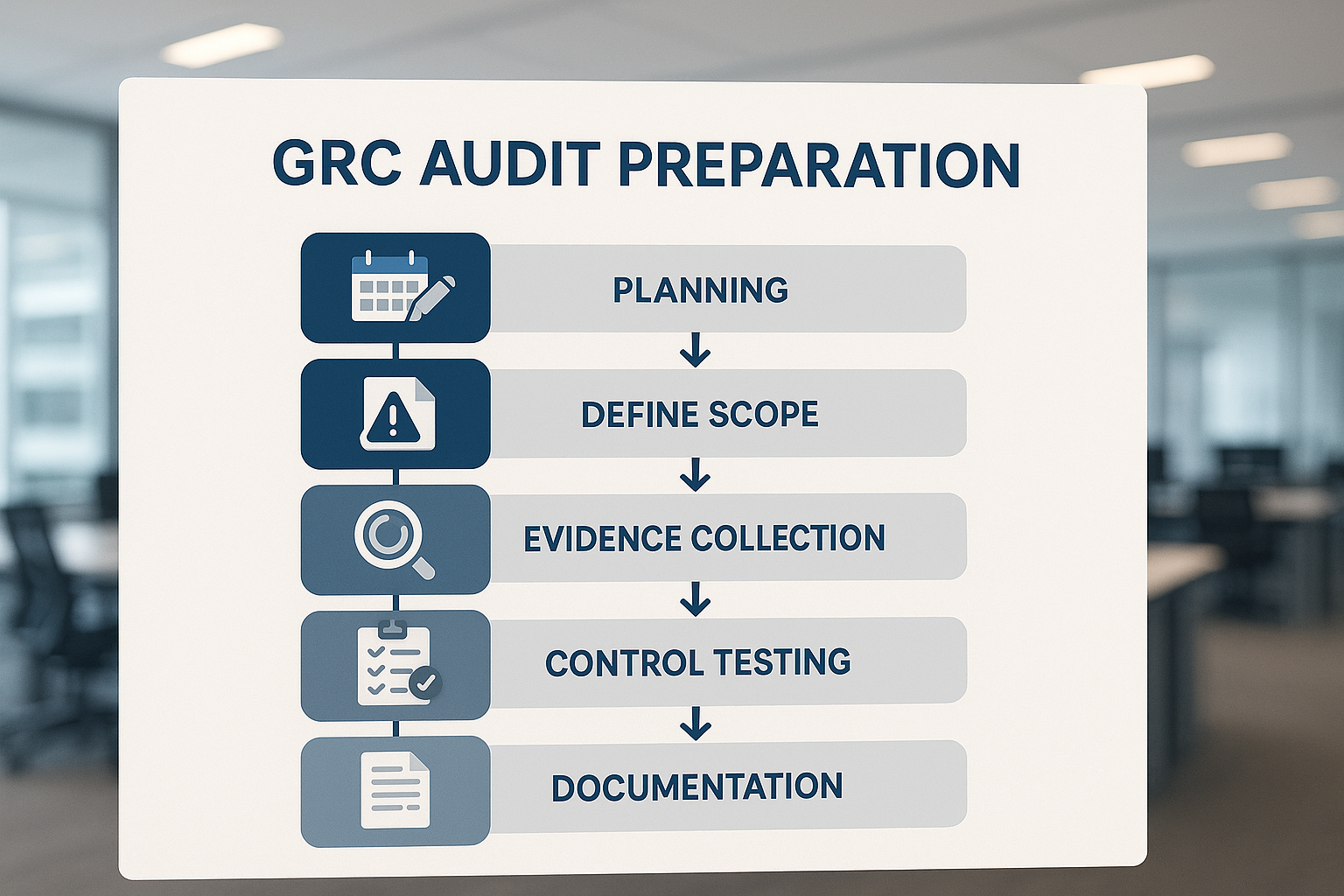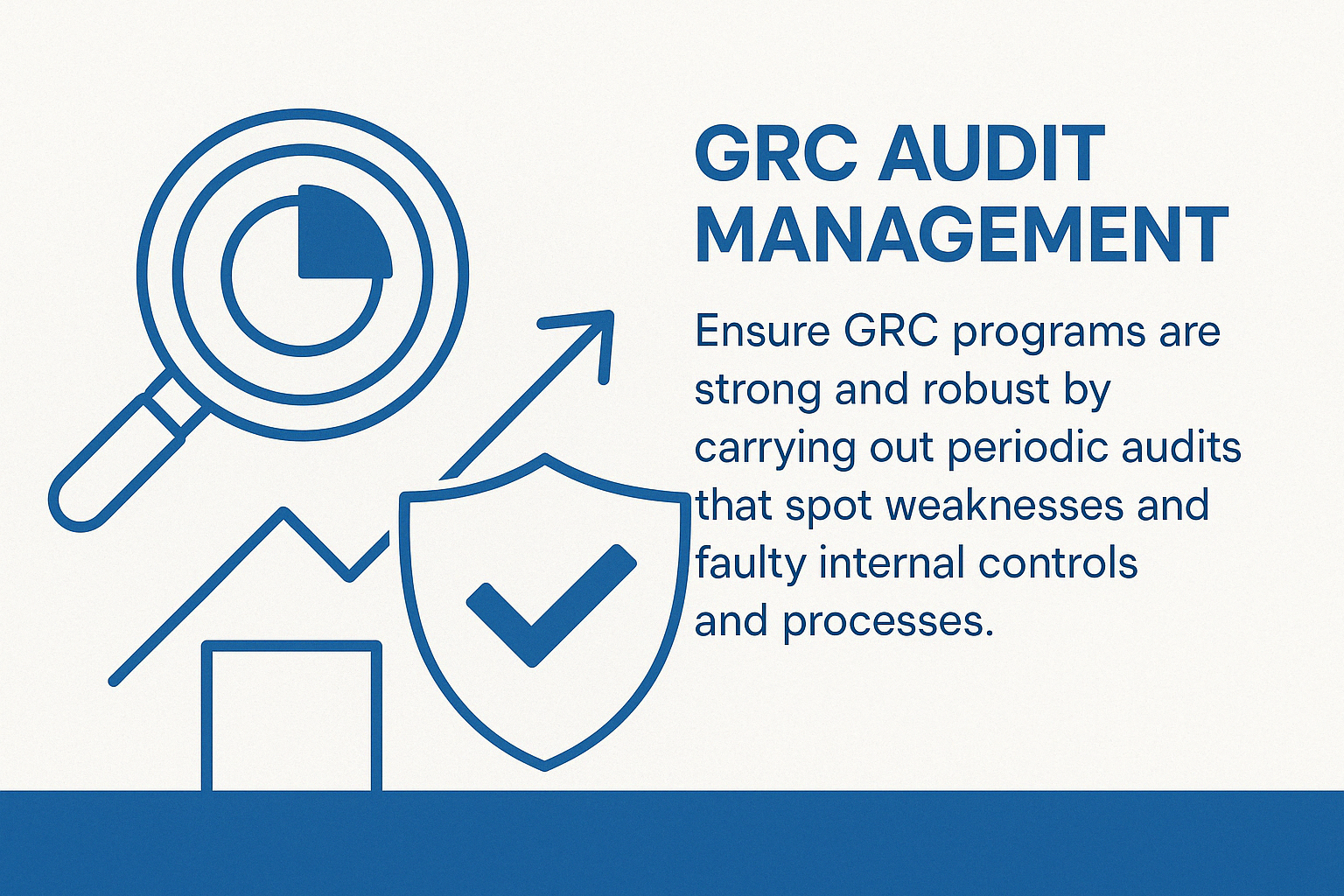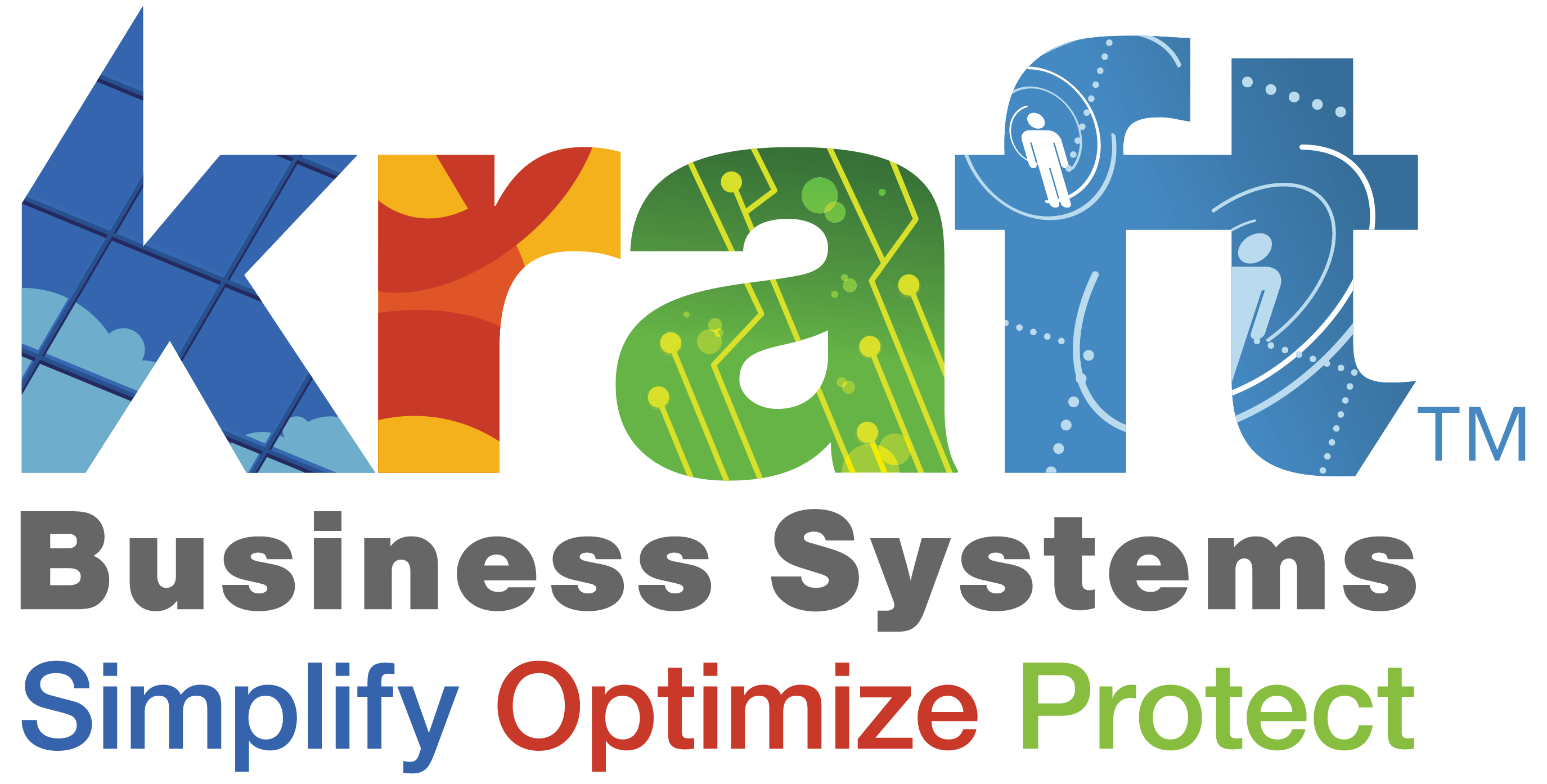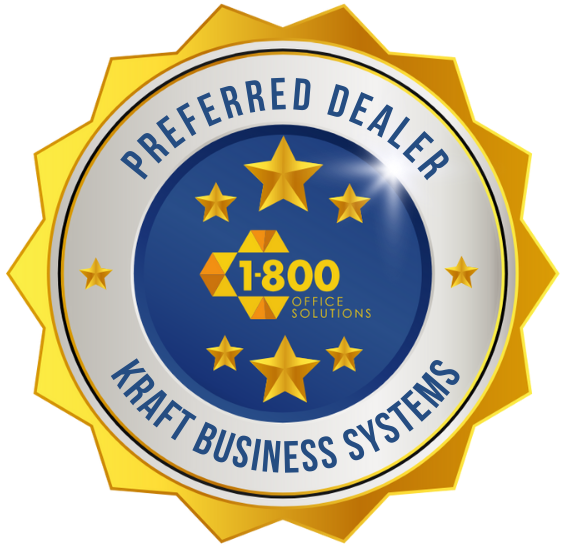GRC audit management is a comprehensive approach to evaluating an organization’s governance, risk management, and compliance framework to ensure operational integrity and regulatory adherence. If you’re looking to understand how to effectively manage GRC audits, here’s what you need to know:
| GRC Audit Management Essentials | Description |
|---|---|
| Purpose | Identify compliance gaps, assess risk controls, and strengthen governance processes |
| Components | Governance, Risk Management, Compliance |
| Frequency | Typically annual, with continuous monitoring between formal audits |
| Key Steps | Planning, scoping, risk assessment, testing, reporting, remediation |
| Benefits | Reduced risk exposure, improved compliance, improved decision-making |
Did you know that 44% of organizations plan to implement or upgrade their GRC systems? This statistic highlights the growing recognition that robust GRC audit management is no longer optional—it’s essential for business resilience.
GRC audits do more than check boxes for compliance. They serve as strategic tools that help organizations identify weaknesses in internal controls, ensure regulatory compliance, and build stakeholder trust. Whether you’re preparing for your first GRC audit or looking to improve your existing processes, understanding the fundamentals is crucial.
The impact of effective GRC audit management:
- Risk reduction – Identifies and addresses vulnerabilities before they become problems
- Operational efficiency – Streamlines processes and eliminates redundancies
- Stakeholder confidence – Demonstrates commitment to good governance and compliance
- Strategic insight – Provides valuable data for informed decision-making
As one compliance expert noted: “The first year we ran our projects using GRC tools, we identified about $14.7 million of risk items. This has gone down significantly to about $794,000, which is good for us—it means that, through our analytics, we’re able to enact changes within the processes.”
Ready to steer the GRC audit landscape with confidence? Let’s explore how to transform what could be a stressful compliance exercise into a valuable business advantage.
Handy grc audit management terms:
What is GRC Audit Management?
GRC audit management is the heartbeat of organizational oversight—a structured approach to planning, executing, and reporting on audits that evaluate how well a company governs itself, manages risks, and follows regulations. Think of it as your organization’s health checkup, ensuring everything from leadership decisions to daily operations runs smoothly while staying within legal boundaries.
Research from MarketsandMarkets shows the global GRC market is on track to reach $64.6 billion by 2025. This impressive growth isn’t surprising—as regulations become more complex, businesses increasingly see GRC audits as strategic tools rather than just compliance boxes to check.
Here at Kraft Business Systems, we’ve watched businesses across Michigan accept this shift. From small shops in Traverse City to major corporations in Detroit, companies are making GRC audit management a cornerstone of their business strategy.
Why is GRC audit management so crucial? It serves multiple vital purposes for your organization:
It shines a light on compliance gaps where you might be falling short of regulatory requirements. It tests whether your control systems actually work as intended (not just on paper). The process uncovers inefficiencies that might be costing you time and money. Perhaps most importantly, it builds confidence among stakeholders that your company is well-managed. And finally, it provides a roadmap for continuous improvement in how you govern, manage risk, and maintain compliance.
As one experienced auditor put it: “GRC audits are proving to be an eye-opener for organizations so that they can optimize their GRC processes and controls.”
The Key Components of GRC Audit Management
GRC audit management rests on three foundational pillars that work together to create a robust framework:
Governance
The governance component examines how your organization steers itself. This includes:
Board oversight and leadership structures that provide clear direction. Your organizational hierarchy and who reports to whom. Written policies and procedures that guide operations. How decisions get made (and by whom). Mechanisms that hold people accountable. How well everything aligns with your strategic goals.
Good governance isn’t complicated in concept—it means having clear roles, transparent decision-making, and effective oversight to keep your organization moving toward its goals.
Risk Management
The risk management component looks at how well you handle potential threats to your business. This includes:
How you spot and assess risks before they become problems. The strategies and controls you use to reduce those risks. Your systems for monitoring and reporting on risks. How much risk your organization is willing to accept. How risk considerations factor into your decision-making.
Effective risk management doesn’t mean eliminating all risks—that’s impossible. Instead, it means understanding your risks, prioritizing them, and managing them based on your company’s risk tolerance.
Compliance
The compliance component evaluates how well you follow applicable laws, regulations, standards, and internal policies. This includes:
Your programs for ensuring regulatory compliance. How you monitor and test compliance. Systems for reporting issues when they arise. Training programs that keep everyone aware of requirements. How you maintain documentation and evidence.
A strong compliance function helps prevent violations that could result in fines, penalties, reputational damage, or other negative consequences for your business.
When these three components work in harmony, your organization can achieve its objectives while managing risks and meeting compliance requirements.
How GRC Audit Management Differs from Traditional Audits
While traditional audits often look at specific departments or functions in isolation, GRC audit management takes a more holistic view:
| Traditional Audits | GRC Audit Management |
|---|---|
| Often siloed by department or function | Integrates governance, risk, and compliance across the organization |
| Typically reactive and point-in-time | More proactive and continuous |
| Focus on compliance with specific requirements | Broader focus on effectiveness of governance, risk management, and compliance as a whole |
| Limited interaction between audit teams | Collaborative approach involving multiple stakeholders |
| Often seen as a necessary evil | Viewed as a strategic business function |
| Results in separate reports for different audit areas | Provides a comprehensive view of organizational health |
This integrated approach helps you catch interconnected issues that might slip through the cracks in traditional, siloed audits. For example, a compliance problem in accounting might signal a broader governance issue affecting multiple departments.
As one director of information security noted: “Without an integrated GRC approach, we’d be looking at hiring another person to handle all the work that an audit and its preparation creates.”
Understanding GRC Audit Management: The Heartbeat of Your Organization
Benefits of Regular GRC Audits
Regular GRC audit management delivers powerful advantages that go well beyond just checking regulatory boxes. When done right, these audits become a strategic asset for your organization.
Risk Mitigation
Think of GRC audits as your business’s early warning system. They help you spot trouble before it arrives at your doorstep.
By thoroughly examining your controls and processes, you’ll catch potential risks while they’re still manageable. Your team can test whether existing safeguards actually work (not just look good on paper), and make sure you’re responding to risks in a balanced way.
Many of our clients in Grand Rapids have finded that regular audits foster a more risk-aware culture throughout their organizations. As one manufacturing client told us, “Our quarterly GRC reviews have helped us prevent at least three major operational disruptions this year alone.”
Compliance Assurance
Let’s face it – regulatory requirements aren’t getting any simpler. They’re growing more complex every year, especially for businesses managing sensitive data or operating across multiple states.
GRC audit management helps you stay ahead of this complexity. Regular audits verify you’re meeting current requirements while preparing for upcoming changes. They also create the documentation trail regulators love to see.
Here’s something worth noting: research shows that the cost of non-compliance is typically 2.71 times higher than maintaining good compliance programs. That means every dollar invested in proper GRC auditing potentially saves you nearly three dollars in penalties, remediation costs, and business disruption.
Operational Efficiency
One surprising benefit many of our Michigan clients find is how GRC audits reveal opportunities to work smarter.
During comprehensive audits, you’ll often find duplicate controls that waste resources, reporting processes that could be streamlined, and manual tasks prime for automation. One healthcare client in Traverse City identified five redundant approval processes that, once consolidated, saved their accounting team nearly 15 hours each week.
These efficiency improvements translate directly to your bottom line. As one compliance manager from a Grand Rapids manufacturing firm told us, “Through our GRC analytics, we’ve enacted process changes that not only reduced risk but also improved our operational efficiency by about 22%.”
Stakeholder Trust
In Michigan’s competitive business landscape, trust is currency. Regular GRC audits demonstrate your commitment to doing business the right way.
Investors gain confidence in your management practices. Customers feel secure sharing their data with you. Regulators see you as a responsible market participant. Even your employees take pride in working for an organization that prioritizes good governance.
This trust becomes particularly valuable when seeking new business partnerships or expanding into new markets. We’ve seen how Kraft Business clients who maintain robust GRC audit management programs often have an easier time winning contracts with larger organizations that have strict vendor requirements.
The real power of GRC audits comes when these benefits work together, creating a virtuous cycle of improvement. Better risk management leads to fewer compliance issues. Streamlined operations make it easier to maintain compliance. And all of these together build the stakeholder trust that helps your business thrive.
Preparing for a GRC Audit
Proper preparation is essential for a successful GRC audit management process. Whether you’re conducting an internal audit or preparing for an external one, these steps will help ensure a smooth and productive experience:
Audit Planning
The planning phase sets the foundation for the entire audit process. Start by defining clear objectives – what specifically do you hope to achieve with this audit? Are you focusing on particular regulatory requirements or conducting a comprehensive review of your entire GRC framework?
Next, assemble your audit team carefully. This typically includes internal auditors, compliance officers, IT security specialists, and department heads who understand the specific areas being reviewed.
“Without proper planning, audits can quickly become disorganized and fail to provide the insights organizations need,” one audit manager told us recently.
Creating a realistic timeline is crucial – give yourself adequate time for planning, fieldwork, analysis, reporting, and follow-up activities. Many Michigan businesses we work with initially underestimate how long a thorough GRC audit takes.
Don’t forget to allocate sufficient resources, including personnel, technology tools, and budget. Early communication with stakeholders helps set expectations and reduces resistance when the audit begins.
Audit Scope
Clearly defining the scope helps focus your audit on what truly matters. Begin by identifying which specific systems and processes you’ll examine – will you look at all business functions or target particular departments?
Determine which laws, regulations, and internal policies will serve as your evaluation criteria. This step is particularly important for businesses in regulated industries like healthcare or financial services.
Be crystal clear about what’s out of scope too. We’ve seen many audits at Kraft Business Systems go off the rails because of “scope creep” – where more and more areas get added to the review, stretching resources thin.
Document your scope formally so everyone shares the same understanding. This documentation becomes invaluable if questions arise later about why certain areas weren’t included.
Risk Assessment
A thorough risk assessment helps you prioritize where to focus your audit efforts. Start by identifying potential risks in the areas being audited – what could realistically go wrong?
For each risk, assess both likelihood and impact. A high-likelihood, high-impact risk deserves more attention than one that’s unlikely to occur or would have minimal consequences.
ProTip: “Log each of the risks that you’ve identified in your risk register,” advises one GRC expert we work with regularly.
Map each risk to the controls that should be mitigating it. This mapping helps identify potential control gaps before testing even begins. Document your risk assessment thoroughly – this will form the backbone of your testing approach.
Evidence Collection
Gathering appropriate evidence is where the rubber meets the road in GRC audit management. Start by identifying what documentation you’ll need – policies, procedures, reports, and records that demonstrate compliance and control effectiveness.
Develop clear methods for collecting this evidence. Will you conduct interviews with key personnel? Review documentation? Test systems directly? Observe processes in action? Often, a combination works best.
Provide stakeholders with detailed evidence request lists well in advance. Nothing slows an audit down more than waiting for documentation. We recommend creating a secure central repository for storing and organizing all audit evidence – this simplifies review and makes future audits easier too.
Always maintain a clear chain of custody by documenting who provided each piece of evidence and when it was received. This attention to detail proves invaluable if findings are challenged later.
Control Testing
Testing controls determines if they’re actually working as designed. Based on your risk assessment, select which controls warrant testing – focusing on those that mitigate your highest-priority risks.
Determine appropriate testing methods for each control. Will inquiry (asking questions) be sufficient, or do you need to observe processes in action? Will you inspect documentation or re-perform key activities to verify results?
Develop detailed test plans that specify exactly what you’ll test and how. Execute these tests methodically, documenting results as you go. Based on your findings, evaluate whether each control is operating effectively in the real world, not just on paper.
Documentation
Thorough documentation is the backbone of a defensible audit. Document all audit procedures carefully – what steps did you take, in what order, and why?
Maintain comprehensive working papers that record all testing performed and evidence collected. These working papers should be detailed enough that another qualified auditor could review them and reach the same conclusions.
Record all findings and observations clearly, including any issues, gaps, or improvement opportunities you identify. Organize your documentation to support the conclusions and recommendations you’ll make in your final report.
Ensure proper retention of all audit materials according to your industry’s requirements. In regulated industries, audit documentation may need to be kept for several years.
Many of our clients across Michigan find that leveraging Governance, Risk, and Compliance Platforms significantly streamlines these preparation steps. These platforms provide structured methodologies, automated workflows, and centralized documentation repositories that make the entire audit process more efficient and effective.
At Kraft Business Systems, we’ve seen how proper preparation transforms what could be a stressful compliance exercise into a valuable business improvement opportunity. The key is approaching your GRC audit management process with thoughtful planning and the right tools.
Understanding GRC Audit Management: The Heartbeat of Your Organization
Best Practices for Effective GRC Audit Management
Running successful GRC audit management programs isn’t just about checking boxes—it’s about creating genuine value for your organization. After helping dozens of Michigan businesses strengthen their audit processes, we’ve gathered these practical best practices that actually work in the real world:
Detailed Planning
Think of your GRC audit like building a house—without proper blueprints, you’re asking for trouble. Solid planning makes all the difference between a smooth audit and a frustrating one.
Start by developing a strategic audit plan that aligns with what your organization actually cares about. Don’t audit in a vacuum! Create a 12-month calendar to ensure you’re covering all critical areas without overwhelming your teams. Make sure to allocate the right resources based on risk levels—not every area needs the same attention.
We always remind our clients to establish clear, measurable audit objectives. Vague goals lead to vague results. And don’t forget to define who’s responsible for what—confusion about roles creates unnecessary friction.
As one compliance manager told us after implementing better planning: “The difference between our chaotic audits last year and the smooth ones this year came down to simply having better plans in place. Night and day difference.”
Executive Buy-In
Let’s be honest—if your leadership team sees GRC audits as a necessary evil rather than a valuable business tool, you’re fighting an uphill battle.
Take time to educate your executives on why these audits matter in terms they care about: risk reduction, competitive advantage, and protecting the business. Involve them in setting priorities so the audit focuses on what matters most to the organization.
Make sure to regularly report results in a way that connects to business objectives. Numbers and technical details matter, but executives need to see the strategic impact. When possible, demonstrate ROI by showing how audit findings have prevented problems or improved operations.
We’ve seen too many great audit programs struggle simply because they lacked leadership support. The best auditors make leadership engagement a priority, not an afterthought.
Collaborative Culture
Nobody likes feeling policed or criticized. When audit teams position themselves as “gotcha” enforcers, they create resistance that makes everything harder.
Instead, foster a collaborative approach where auditors are seen as business partners helping to improve the organization. Involve business units in planning and scoping—they often have crucial insights about risk areas that might not be obvious from the outside.
Clear communication goes a long way. Explain why you’re conducting the audit, what you’ll be looking at, and how the process will work. Providing advance notice helps teams prepare without feeling ambushed. And remember that many employees aren’t GRC experts—offering education and support helps everyone participate more effectively.
One GRC expert put it perfectly: “Your auditor is your friend. Work with them to make sure that they get the access they require, whilst minimizing the risk to your organization.”
Continuous Improvement
The best GRC audit management programs never stand still. They constantly evolve and get better with each cycle.
Regularly review your audit methodologies—are they still effective or just “how we’ve always done it”? After each audit, take time to capture lessons learned and incorporate them into future processes. Stay current with changing regulations and industry practices through ongoing education and professional networks.
Don’t hesitate to benchmark your program against industry standards to identify gaps and opportunities. And always solicit feedback from the people who participated in the audit—they often have the best suggestions for improvement.
Overcoming Challenges
Every organization faces obstacles when implementing effective GRC audit management. Here’s how to tackle the most common ones:
Breaking Down Silos
Organizational silos can seriously undermine comprehensive audits. When departments don’t communicate, you miss critical connections between risks.
Create cross-functional audit teams with representatives from different areas to bring diverse perspectives. Develop a common language around risk and compliance so everyone’s speaking the same terms. Consider implementing integrated GRC tools that give everyone a unified view of activities and findings.
At Kraft Business Systems, we’ve helped numerous Michigan companies overcome these silos by establishing shared objectives that encourage teams to work together rather than protect their turf.
Resource Constraints
Limited resources are a reality for most organizations. The key is working smarter, not just wishing for more people or budget.
Start by prioritizing audit activities based on risk—focus your resources where they’ll have the biggest impact. Look for opportunities to automate routine tasks through technology. For specialized areas, consider co-sourcing with external experts rather than trying to build all capabilities in-house. And don’t reinvent the wheel—develop standardized templates that can be reused across multiple audits.
Responding to Emerging Risks
The risk landscape never stops changing, making it challenging to keep audits relevant.
Implement continuous monitoring systems that can identify new risks between formal audits. Schedule periodic risk reassessments to catch emerging issues. Develop an agile audit approach that can pivot when needed rather than rigidly sticking to plans made months ago. And build a network of risk-aware employees throughout the organization who can alert you to new concerns.
Bridging the Legacy-Tech Gap
Many Michigan businesses we work with struggle with outdated systems that weren’t designed for modern GRC needs.
Rather than attempting a complete overhaul overnight, phase in modern GRC tools alongside legacy systems. Use data extraction tools to pull information from older systems into your GRC platform. Document manual workarounds where automation isn’t possible yet. And make sure your audit recommendations include technology modernization where appropriate.
We’ve helped organizations from small businesses in Traverse City to large corporations in Detroit implement these practical approaches through our Governance, Risk, and Compliance Explained methodology.
By addressing these common challenges head-on with practical solutions, you can transform your GRC audit management from a compliance exercise into a genuine business advantage.
Understanding GRC Audit Management: The Heartbeat of Your Organization
Leveraging Technology in GRC Audits
Technology has revolutionized GRC audit management, turning what was once a paper-heavy, manual process into something more streamlined and insightful. At Kraft Business Systems, we’ve seen how the right tech tools can transform auditing from a dreaded chore into a valuable business asset.
GRC Tools
Modern GRC tools have become game-changers for organizations looking to up their audit game. Think of them as the Swiss Army knife of the audit world – they do it all.
These comprehensive platforms bring everything together under one digital roof. Instead of juggling spreadsheets, emails, and shared drives, auditors can manage the entire process in one place. From planning the audit to tracking remediation efforts, everything lives in a single system.
“My favorite thing about our GRC platform is that I’m not spending half my day just trying to find things,” a client in Kalamazoo told us recently. “Everything’s right there – test results, evidence, past findings – all organized and searchable.”
Research shows that organizations implementing dedicated GRC tools typically cut their audit prep time by up to 25% while expanding their audit coverage by nearly a third. That’s a significant productivity boost that lets audit teams focus on what matters most – providing valuable insights rather than managing paperwork.
Automation
If there’s one thing that makes auditors smile, it’s automation. The days of manually testing controls and collecting evidence are rapidly becoming a thing of the past.
GRC audit management tools now offer impressive automation capabilities that handle the repetitive stuff. Controls that once required manual testing can now be continuously monitored through automated processes. Evidence collection happens automatically, pulling data directly from source systems rather than requiring someone to gather and submit it.
Even risk assessments, which traditionally relied heavily on human judgment, now benefit from algorithms that can identify and prioritize risks based on historical data and predefined criteria.
One compliance manager we work with in Grand Rapids put it perfectly: “What used to take our team weeks of manual work now happens automatically in the background. We’re spending our time analyzing results instead of chasing down documents and doing data entry.”
Real-Time Analytics
Remember when audits only provided a snapshot of a specific moment in time? Those days are fading fast.
Today’s analytics capabilities deliver continuous insights through real-time monitoring. Instead of finding issues months after they occur during the annual audit, organizations can spot problems as they happen and address them immediately.
The predictive capabilities are even more exciting. Advanced analytics can identify patterns that suggest potential future issues, allowing organizations to take preventive action. It’s like having a crystal ball for your risk management.
“We caught a potential security breach before it happened because our system flagged unusual access patterns,” shared an IT director from a manufacturing company in Holland. “In the old days, we might have finded that during our annual security audit – months too late.”
Visualization tools make complex data easier to understand, turning mountains of information into intuitive dashboards and heat maps that highlight where attention is needed most.
Centralized Data
Having a single source of truth makes all the difference in GRC audit management. When everything lives in different systems, spreadsheets, and email inboxes, it’s nearly impossible to get a complete picture of your organization’s risk and compliance status.
Modern GRC platforms solve this by centralizing:
- Control definitions and test procedures
- Policies and procedures
- Risk registers
- Audit histories and evidence
- Remediation plans and status
This centralization reduces duplicate work, ensures everyone is working from the same information, and provides that elusive “single pane of glass” view that executives and board members crave.
“Before we centralized our GRC data, different departments had different versions of the truth,” explained a risk manager from a financial services firm in Detroit. “Now everyone’s looking at the same information, which has eliminated a lot of confusion and debate.”
Software Solutions
Choosing the right GRC software can feel overwhelming with so many options available. Here at Kraft Business Systems, we help Michigan organizations find the perfect fit by considering several critical factors.
Scalability matters because your organization will grow and change. The solution that works for you today needs to work for you tomorrow as well. We’ve seen too many companies outgrow their GRC tools within a year or two, forcing them to start over.
Integration capabilities determine how well your GRC platform will play with your existing systems. The best solutions connect seamlessly with your ERP, HR systems, and other critical applications to pull data automatically.
User experience might seem like a small consideration, but it makes a huge difference in adoption. If your team finds the software difficult or frustrating to use, they’ll find ways to work around it, defeating the purpose.
The right reporting capabilities transform raw data into actionable insights. Your executives and board need clear, concise reports that highlight key risks and trends without drowning them in details.
At Kraft Business Systems, we’ve helped organizations across Michigan evaluate and implement the right GRC Audit Software for their specific needs. For larger organizations with more complex requirements, we also provide guidance on Enterprise GRC Software solutions.
A Director of Information Security at a manufacturing company in Grand Rapids shared with us: “Without our GRC platform, we’d be looking at hiring another person just to handle all the work that an audit and its preparation creates. The ROI was obvious within the first six months.”
The right technology doesn’t just make audits easier—it transforms them into a strategic advantage that strengthens your entire organization. When your GRC audit management process is powered by the right tools, you gain insights that help you make better decisions, reduce risks, and stay ahead of regulatory changes.
Understanding GRC Audit Management: The Heartbeat of Your Organization
Frequently Asked Questions about GRC Audit Management
What is the difference between internal and external GRC audits?
When it comes to GRC audit management, many organizations wonder about the distinction between internal and external audits. Think of them as two sides of the same coin – both valuable but serving different purposes.
Internal GRC audits are like having a trusted friend give you honest feedback before a big presentation. They’re conducted by your own team members who understand your organization’s inner workings. These audits focus primarily on improving your internal processes and controls, with results typically staying within your organization’s walls.
The beauty of internal audits is their flexibility. You can schedule them when it makes sense for your business cycle, adjust their scope based on emerging concerns, and use them as preparation for external reviews. Many of our clients in Grand Rapids use internal audits as an early warning system to catch and fix issues before they become major problems.
External GRC audits, on the other hand, bring in the independent experts. These audits are conducted by third parties like specialized audit firms or regulators who have no stake in your organization’s operations. They follow strict methodologies and standards, providing that crucial objective perspective that builds credibility with stakeholders.
One of our manufacturing clients in Kalamazoo put it perfectly: “Think of internal audits as practice runs that help you identify and fix issues before the external auditors arrive. They’re complementary processes that work together to strengthen your overall GRC posture.”
Both types have their place in a robust GRC audit management program. Internal audits drive continuous improvement, while external audits provide the independent verification that builds confidence with customers, investors, and regulatory bodies.
How can organizations leverage GRC audit findings to improve their processes?
Audit findings aren’t just problems to fix—they’re goldmines of insight that can transform your organization when approached strategically. Here’s how to make the most of what you find through your GRC audit management process:
First, not all findings are created equal. Start by prioritizing issues based on risk level. That critical security vulnerability needs immediate attention, while the minor documentation issue can wait. This risk-based approach ensures you’re focusing resources where they’ll have the greatest impact.
Next, develop thoughtful remediation plans that go beyond quick fixes. For significant findings, dig into the root cause. Was it a training gap? A process flaw? A technology limitation? By addressing the underlying issue rather than just the symptom, you prevent recurrence and create lasting improvement.
One compliance manager at a financial services firm in Detroit shared: “We used to file audit reports away after addressing the immediate findings. Now we treat them as strategic documents that guide our continuous improvement efforts across the organization.”
Systemic changes often deliver the greatest return on your audit investment. This might mean updating policies, enhancing training programs, improving controls, or sometimes even modifying organizational structures. At Kraft Business Systems, we’ve helped clients transform audit findings into catalysts for positive organizational change.
Don’t forget to monitor remediation progress with regular check-ins and validation. Document completed actions and verify they’re actually solving the problem. Then, share those lessons across departments—what one team learns often applies elsewhere in the organization.
Finally, consider conducting follow-up audits to verify that your remediation efforts have been effective. This creates a virtuous cycle of continuous improvement that strengthens your entire governance, risk, and compliance framework.
How often should GRC audits be conducted?
When it comes to audit frequency, there’s no one-size-fits-all answer. The right cadence for your GRC audit management program depends on several key factors.
First, check your regulatory requirements. If you’re in a highly regulated industry like healthcare or financial services, certain audits may have legally mandated timeframes. One of our banking clients in Michigan must conduct specific compliance audits annually to meet regulatory expectations, while our healthcare partners have different schedules for HIPAA assessments.
Your risk profile plays a crucial role too. Areas with higher risk exposure generally need more frequent attention. Think of it like checking the oil in your car—a newer vehicle might need checks every few months, but that older model with 200,000 miles? You’ll want to look more often.
High-risk areas might benefit from quarterly or semi-annual audits, while medium-risk areas could do well with annual reviews. For low-risk functions with strong controls and little change, an audit every 18-24 months might be sufficient.
Significant organizational changes should also trigger audit consideration. When you implement a major new system, restructure departments, merge with another company, launch new products, or expand into new markets, these moments of transition create new risk exposures that warrant a fresh look.
Of course, practical considerations matter too. Your audit team’s capacity, budget constraints, and business cycles will influence what’s realistic for your organization.
Many of our most successful clients take a layered approach. A manufacturing company in Detroit that we support shared their strategy: “We conduct a full GRC audit annually, but our high-risk areas get quarterly deep dives, and we have automated monitoring running continuously. This layered approach gives us confidence without overwhelming our resources.”
The goal isn’t to check a box on a schedule. It’s to provide meaningful assurance that risks are being managed effectively while making efficient use of your resources. At Kraft Business Systems, we help our clients across Michigan find that sweet spot where audit frequency provides maximum protection without creating audit fatigue.
Understanding GRC Audit Management: The Heartbeat of Your Organization
Conclusion
Effective GRC audit management is no longer optional for organizations that want to thrive in today’s complex regulatory environments while managing risks and maintaining stakeholder trust. Throughout this guide, we’ve explored the key components, benefits, preparation steps, best practices, and technological enablers that can transform your GRC audit process from a compliance burden into a strategic advantage.
The journey to mature GRC audit management is ongoing. As regulations evolve, new risks emerge, and technologies advance, your approach must adapt accordingly. The organizations that view GRC audits as opportunities for improvement rather than necessary evils will gain significant competitive advantages through improved risk management, operational efficiency, and stakeholder confidence.
At Kraft Business Systems, we understand the unique challenges that Michigan businesses face in managing their GRC audit processes. From small businesses in Traverse City to large enterprises in Detroit, we provide the expertise, technology solutions, and ongoing support needed to build robust GRC audit programs custom to your specific organizational needs.
Think of what we’ve covered as your roadmap to GRC success. Integrate your approach by breaking down silos between governance, risk management, and compliance functions. Accept technology to automate routine tasks and gain real-time insights. Foster a positive audit culture where audits are seen as valuable learning opportunities. Prioritize based on risk to focus your resources where they’ll have the greatest impact. And finally, commit to continuous improvement with each audit cycle.
As one GRC professional we work with shared: “GRC audits have been a real eye-opener for our organization. They’ve helped us optimize processes and controls we didn’t even realize needed attention.”
Ready to lift your GRC audit management approach? Our friendly team at Kraft Business Systems can help you assess your current processes, identify opportunities for improvement, and implement the right technology solutions to support your GRC objectives. With our deep expertise in Managed Cybersecurity Services, we’re uniquely positioned to help you steer the complex intersection of governance, risk, and compliance.
Effective GRC audit management isn’t just about avoiding problems—it’s about creating value through better decision-making, resource allocation, and building genuine stakeholder confidence. When done right, your GRC audit process becomes more than a compliance checkbox—it becomes a strategic advantage that supports your organization’s mission and helps you sleep better at night.
Here in Grand Rapids and throughout Michigan, we’ve seen how businesses that invest in thoughtful GRC audit management gain a competitive edge. They spot opportunities others miss, avoid pitfalls that trip up their competitors, and build deeper trust with customers and partners alike. That’s the true power of getting GRC audit management right.
